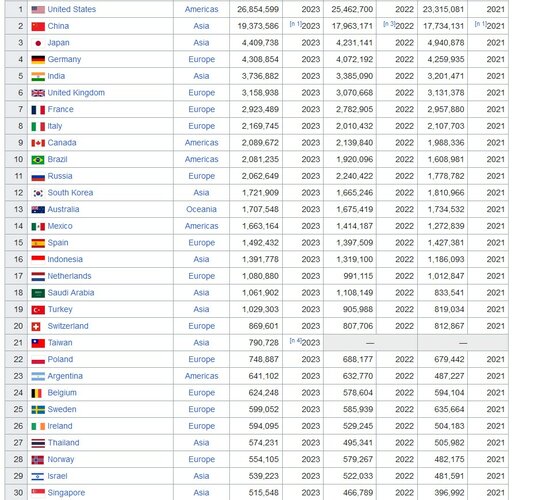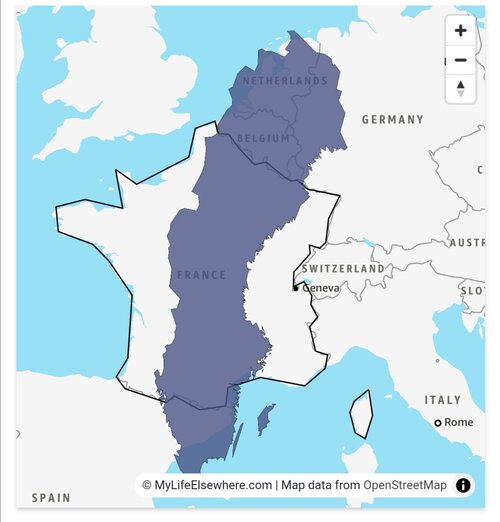Lascaris
ACCESS: Secret
- Joined
- 14 November 2008
- Messages
- 281
- Reaction score
- 336
Basically what it says on the title. Sweden has been the smallest country around, to consistently design and build its own fighter aircraft since 1945 when other countries often with much larger economies did not.
So assuming the political need was there which countries would have the technical/industrial capacity to pull something similar post 1945? Canada looks an obvious one. So would Italy and Japan. What about others like Australia or the Netherlands?
So assuming the political need was there which countries would have the technical/industrial capacity to pull something similar post 1945? Canada looks an obvious one. So would Italy and Japan. What about others like Australia or the Netherlands?



